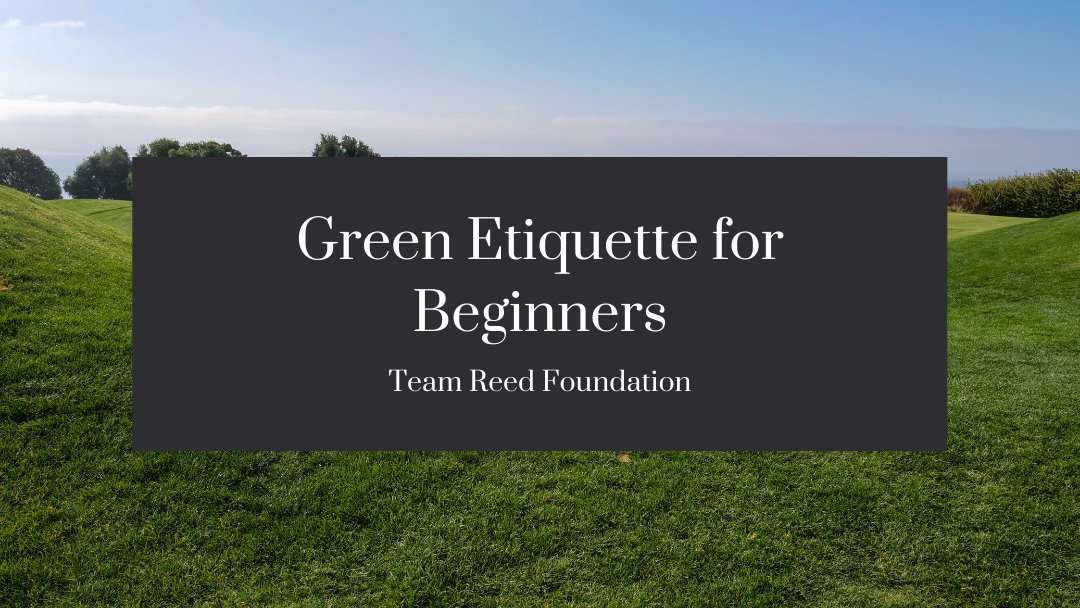Every sport requires a certain level of research and understanding to avoid making common blunders. However, golf is unique in that one must follow many etiquette rules – if they want to have healthy relationships with everyone else on the green, that is.
Green etiquette is an oft-overlooked lesson that many beginners may forget to learn. However, it is essential to learn early on, as it will soon become second nature. For those hoping to learn the basics of green etiquette, please continue reading.
Early is On Time
If you have a scheduled tee time, you must be on time. As such, that means you’ll want to be early. Essentially, being early is being on time in the golfing world, as it takes time to set up and get moving. A quick way to irritate potential friends is by making them wait on the course.
Knowing the Need for Silence
It is generally considered polite for one to be as silent and still as possible whenever in the presence of a person taking a shot. Think of the golden rule: treat others how you would like to be treated. You want to take your best shot and appreciate silence and a lack of distractions. Everyone else on the green feels the same way.
As a reminder, it is beneficial to turn your phone off or to a silent setting when golfing. This will reduce the number of accidental noises. Additionally, don’t forget that the velcro in your golf bag does make an annoying sound – so hold off on that.
Check the Golf Cart Rules
Golf carts are wondrous things – especially after a day of walking around with a heavy golf bag. However, there is a time and a place for them. As such, it is a smart idea to check the rules of each course before using them.
For example, many golf courses discourage taking golf carts off the paved pathways during wetter times and seasons. This helps to protect the green. If you’re uncertain, keep an eye out for signage around the course.
Do Your Share to Maintain the Course
On that note, you must do your share to help maintain the course. This is to the benefit of everyone, yourself included. This means repairing divots when they are created, laying down soil/seed as needed, and following the golf course rules (see the above recommendation for an example).

